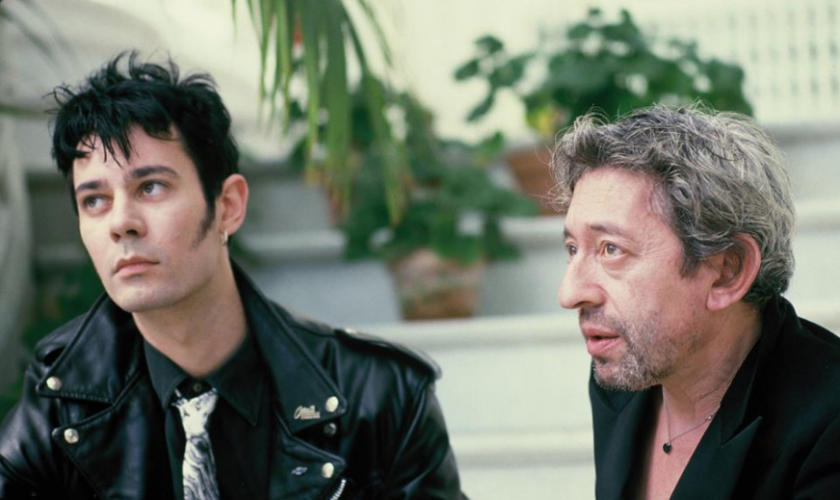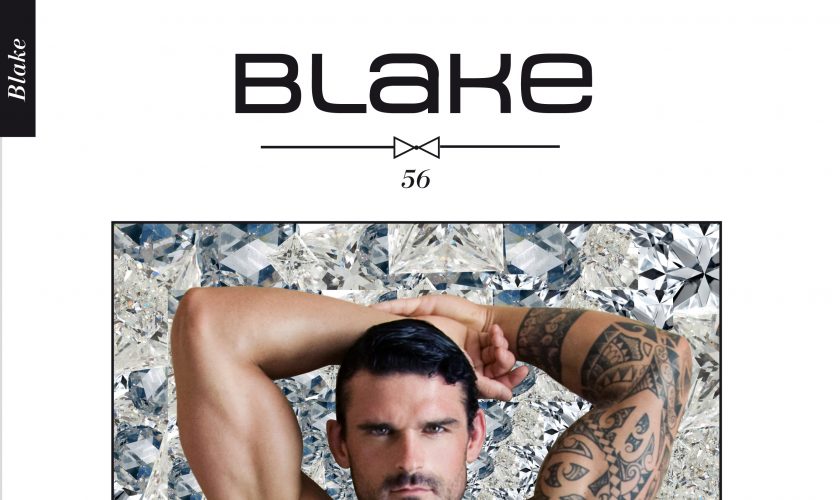Jean-Eric Perrin est auteur d’une cinquantaine de livres (essais, biographies, miscellanées, nouvelles, romans, traductions, encyclopédies, et listes de courses) publiés chez divers éditeurs. Il a également écrit de nombreux documentaires pour France 3, et Canal +. Ancien journaliste spécialisé et rédacteur en chef de plusieurs magazines culturels bruyants (Rolling Stone, Best, RER, etc.), « Les Meutes Blanches » est son deuxième roman et son premier thriller…haletant.

Les Meutes blanches racontent la vie d’un journaliste New Yorkais envoyé à Los Angeles pour tenter de trouver des informations sur l’assassinat d’un rappeur célèbre, dont la mise en scène du meurtre n’est pas sans rappeler celle de 2Pac Shakur. Le livre se poursuit comme un road movie, où le héros va voyager vers Atlanta, puis en Indiana, croiser le chemin d’une strip-teaseuse, et celui d’une famille de rednecks texans avec laquelle il échouera dans un rassemblement de suprémacistes blancs sous la coupe d’un gourou néo nazi.
Pour permettre la parution des Meutes blanches, Jean-Eric Perrin c’est adressé à une maison qui, tout comme lui, est encrée dans la pop culture. Serious publishing est un petit éditeur indépendant, qui faisait par le passé, essentiellement de la publication de “beaux livres” : des livres de photo, de cinéma, et de cinéma bis. Les Meutes blanche font parties d’une nouvelle collection nommé Pulp fiction. La publication de ce livre fut possible également grâce au croud funding ce qui permet de garder une indépendance forte mais surtout de sortir du lot des 1500 livres édités chez les gros éditeurs tout au long de l’année selon l’auteur.

Ce premier thriller est à l’image de la carrière de Jean-Eric Perrin, un livre infusé dans la Pop Culture américaine : la musique, les Harleys-Davidson, Charles Manson,…La musique qui accompagne le lecteur à chaque page, chaque chapitre, donne envie d’allumer sa chaîne hifi pour vivre le livre avec tous ses sens : Snoop Dog, Nancy Sinatra, Phil Spector, Les Ramones, Dolly Parton,… Un livre comme un film, fourmillant de détails, tant son auteur à vécu, respiré chacun des lieux décrits dans son œuvre, ce qui confère aux scènes une dimension toute particulière. Le rythme est prenant, haletant, on se surprend à dévorer les pages où underground, violence, haine côtoient la douceur poétique d’instants de sexes et de tendresses gainsbourien.
Le roman à emmener dans votre valise cet été !
Jean-Eric Perrin est en train de préparer un autre roman qui sera dans la veine de son premier, c’est à dire une histoire vraie romancée, appelé aussi creative non fiction. Cependant l’envie de faire d’autres thriller reste bien présente. Qui c’est les Meutes blanches feront peut être des petits…
Et bien plus qu’un long article, voici l’interview de l’auteur :
PS: Jean Eric Perrin sort aussi un livre destiné aux jeunes de 12 à 18 ANS ou à tout adulte souhaitant s’intéresser à l’origine, l’histoire, l’évolution et l’art du rap ,. Beaucoup de profs achetent ces livres (le précédent dans cette collection était sur l’art et les jeux vidéo) ca crée un lien entre eux et leurs élèves. Un bon outils de vulgarisation.

Article écrit par Alexis Dumétier








